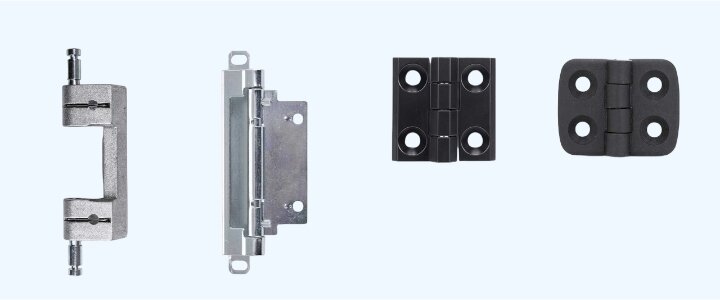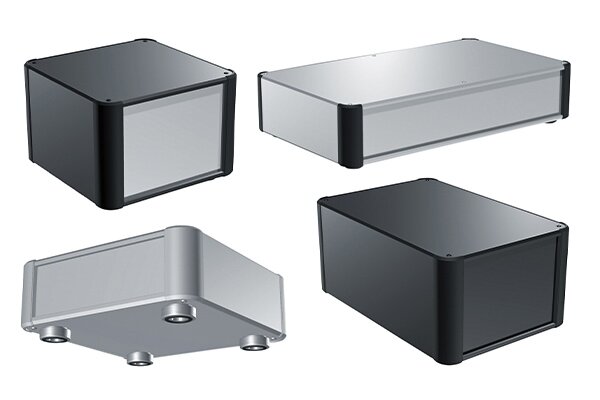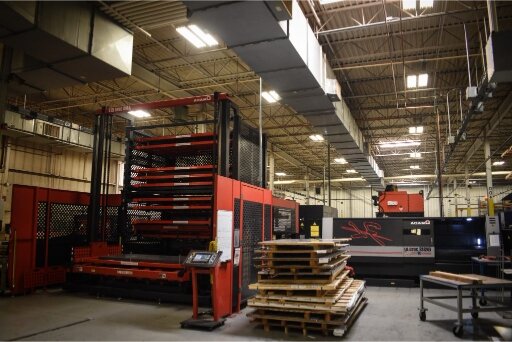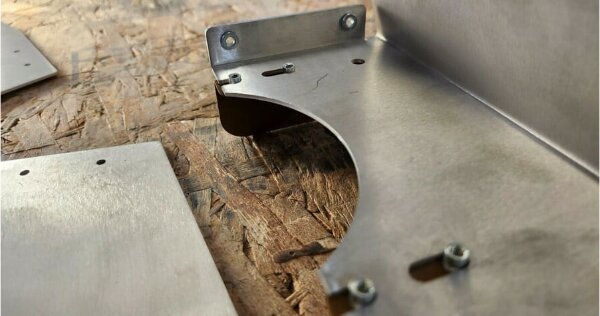많은 제조업체가 금속 제조에서 프로토타입에서 생산으로 전환할 때 어려움을 겪습니다. 시간 지연, 품질 불일치, 비용 상승으로 인해 가장 유망한 프로젝트도 좌초될 수 있습니다. 적절한 계획과 실행 전략을 통해 이러한 일반적인 함정을 피하고 금속 제조 요구 사항에 맞는 성공적인 결과를 달성할 수 있습니다.
초기 컨셉부터 최종 생산까지 금속 제조 여정을 최적화하는 데 도움이 되는 검증된 방법과 실용적인 팁을 살펴보세요. 이러한 인사이트는 다양한 제조 프로젝트에 참여한 다년간의 실무 경험에서 얻은 것입니다.
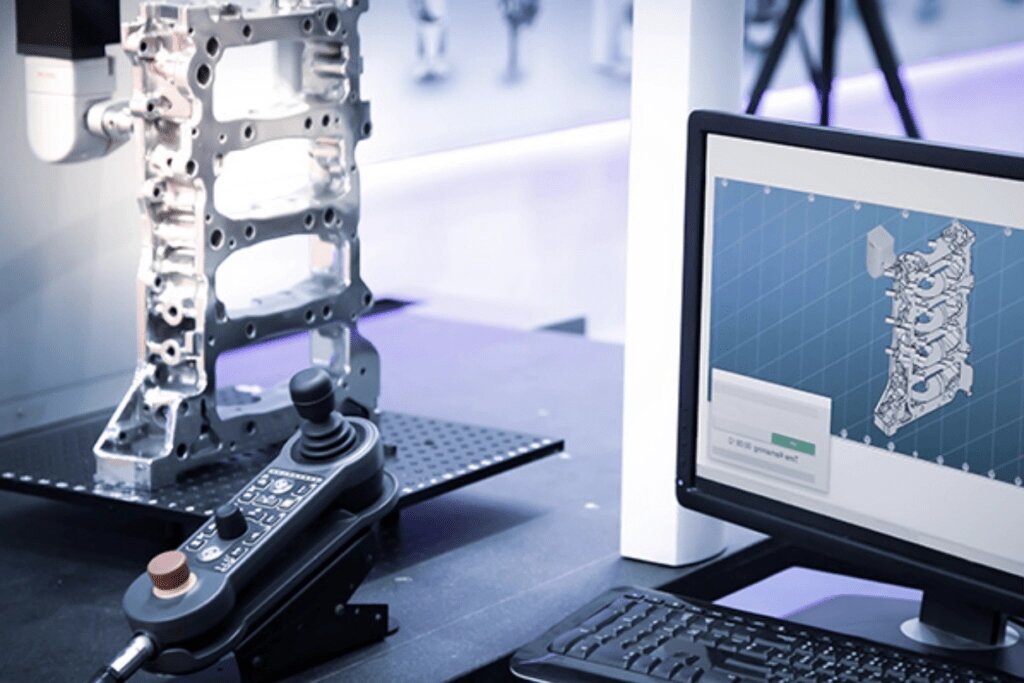
금속 제조 공정 이해
금속 제작 은 항공우주부터 자동차에 이르기까지 다양한 산업의 핵심입니다. 절단, 용접, 스탬핑, 조립 등 다양한 공정을 통해 원재료를 특정 모양과 제품으로 바꾸는 과정이 포함됩니다. 그렇다면 이 공정에는 정확히 무엇이 들어갈까요?
금속 제작이란 무엇인가요?
금속 제조는 원자재에서 금속 구조물과 부품을 만드는 과정입니다. 일반적으로 금속을 성형, 절단, 조립하여 다양한 산업에서 사용되는 부품을 만드는 작업이 포함됩니다. 사양에 따라 이 프로세스는 소규모 맞춤형 프로젝트부터 대규모 생산까지 다양합니다.
관련된 주요 프로세스: 절단, 용접, 스탬핑 및 조립
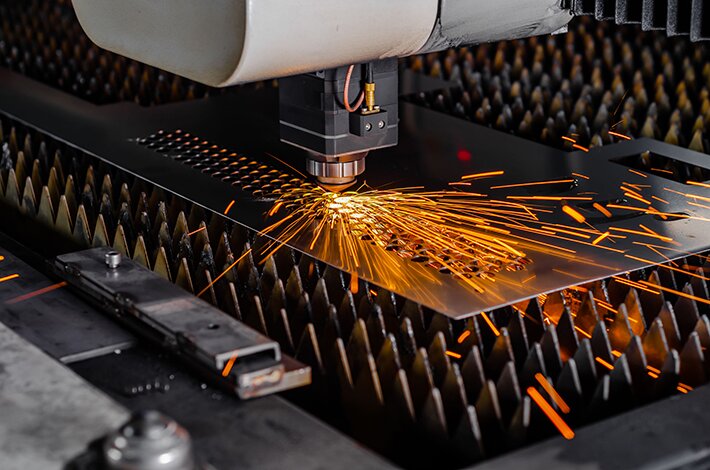
프로토타이핑 단계: 프로덕션을 위한 토대 마련
프로토타입 제작은 성공적인 금속 제작 프로젝트의 기초입니다. 프로토타입을 통해 아이디어를 구체화하고 잠재적인 문제가 비용이 많이 드는 문제로 발전하기 전에 파악할 수 있습니다. 프로토타이핑이 중요한 이유, 올바른 방법을 선택하는 방법, 가장 적합한 재료에 대해 알아보세요.
금속 제조에서 프로토타입 제작의 중요성
프로토타이핑은 단순히 모델을 만드는 것 이상의 의미로, 디자인이 의도한 대로 작동하는지 확인하는 중요한 단계입니다.
설계 결함 조기 식별
프로토타입을 사용하면 실제 환경에서 디자인을 테스트할 수 있습니다. 생산 단계로 넘어가기 전에 약한 조인트, 핏 불량, 비효율적인 지오메트리 등의 문제를 발견할 수 있습니다. 이러한 문제를 조기에 해결하면 시간과 비용을 절약할 수 있습니다.
비용 절감 및 프로세스 효율성
프로토타이핑은 디자인을 제조 가능성에 맞게 최적화하는 데 도움이 됩니다. 프로토타입을 개선하면 재료 낭비를 줄이고, 조립을 간소화하며, 생산 프로세스를 간소화하여 비용을 절감하고 처리 시간을 단축할 수 있습니다.
올바른 프로토타이핑 방법 선택하기
선택한 프로토타이핑 방법은 프로젝트의 복잡성, 일정 및 예산에 따라 달라집니다.
신속한 프로토 타입
신속한 프로토타이핑 용도 3D 프린팅 또는 CNC 가공 를 사용하여 디지털 디자인에서 실제 모델을 빠르게 만들 수 있습니다. 형태, 핏, 기능을 테스트하는 데 이상적입니다.
- 장점: 빠른 처리, 소량 배치에 비용 효율적.
- 다음에 가장 적합: 초기 단계 설계 검증.
CNC 가공과 적층 가공
- CNC 가공: 감산 방법을 사용하여 단단한 금속 블록에서 프로토타입을 조각합니다. 정밀하고 기능적인 프로토타입에 적합합니다.
- 적층 제조(3D 프린팅): 프로토타입을 레이어별로 제작합니다. 복잡한 형상에는 더 빠르지만 가공된 부품의 강도가 부족할 수 있습니다.
프로토타입을 위한 재료 선택
프로토타입에 선택하는 재료는 성능, 비용 및 실현 가능성에 영향을 미칩니다.
사용되는 일반적인 재료
- 알류미늄: 가볍고 부식에 강하며 가공이 용이합니다. 항공우주 및 자동차 프로토타입에 이상적입니다.
- 강철: 강력하고 내구성이 뛰어나 산업용 애플리케이션에 적합합니다.
- 스테인레스 스틸: 내식성이 뛰어나 의료용 또는 식품 등급의 프로토타입에 적합합니다.
- 황동과 구리: 전기 부품 또는 장식용 부품에 사용됩니다.
고려해야 할 머티리얼 속성
- 기능성: 소재가 프로토타입의 성능 요구 사항을 충족합니까?
- 비용: 테스트 목적에 적합한 비용 효율적인 자료인가요?
- 가공성: 소재의 모양을 쉽게 만들거나 수정할 수 있나요?
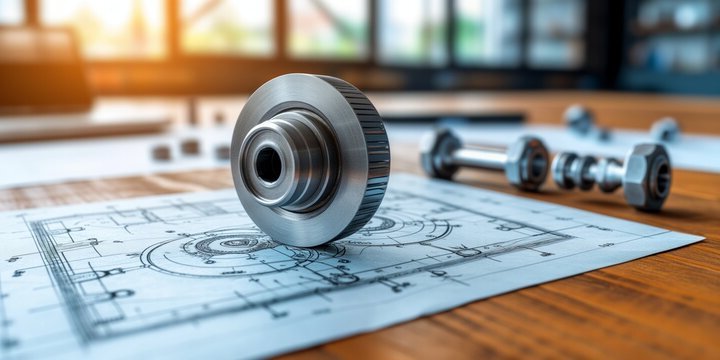
프로토타입에서 프로덕션 프로세스에 이르는 단계
프로토타입에서 생산 단계로 넘어가는 과정은 신중한 계획과 실행이 필요한 구조화된 여정입니다. 각 단계는 제품이 시장에 출시될 준비가 되었는지 확인합니다. 프로세스를 실행 가능한 단계로 나눠 보겠습니다.
1단계: 디지털 프로토타입 모델 만들기
디지털 프로토타입은 실제 제품을 위한 청사진입니다. 제작을 시작하기 전에 디자인을 시각화하고 다듬는 데 도움이 됩니다.
개념 프로토타이핑
이 단계에서는 아이디어를 기본적인 디지털 모델로 전환하는 데 중점을 둡니다. 3D CAD 소프트웨어를 사용하여 제품의 모양과 특징을 설명하는 대략적인 디자인을 만듭니다.
- 목적: 핵심 개념을 검증합니다.
- 도구: 스케치, 기본 3D 모델링.
기능 프로토타이핑
컨셉이 승인되면 모델에 세부 기능을 추가합니다. 여기에는 치수, 허용 오차 및 기능 요소가 포함됩니다.
- 목적: 기능에 맞게 디자인을 다듬습니다.
- 도구: 고급 CAD 소프트웨어 시뮬레이션 도구.
진화형 프로토타이핑
피드백과 테스트를 기반으로 디자인을 반복하고 성능, 제조 가능성 및 사용자 경험을 개선하기 위해 조정합니다.
- 목적: 생산에 맞게 디자인을 최적화합니다.
- 도구: CAD 소프트웨어, 프로토타이핑 도구(CNC, 3D 프린팅).
프로토타입 생성 예상 타임라인
- 개념 프로토타이핑: 1-2주.
- 기능 프로토타이핑: 2~4주.
- 진화형 프로토타이핑: 4~6주.
2단계: 시장 조사 및 제품 테스트
대량 생산에 돌입하기 전에 제품의 시장 생존력과 기능을 검증하세요.
제품에 대한 수요 테스트
설문조사, 포커스 그룹 또는 크라우드 펀딩 캠페인을 실시하여 관심을 측정하세요. 확장하기 전에 제품에 대한 시장이 있는지 확인하세요.
툴링, 샘플링 및 비생산 릴리스
소량 생산을 위한 툴링(금형, 다이)을 만듭니다. 이러한 샘플을 테스트하여 품질 표준을 충족하는지 확인합니다.
- 목적: 제조 가능성 및 품질 검증.
- 출력: 소량의 기능성 프로토타입.
프로토타입이 대량 생산에 적합한지 확인하기
실제 조건에서 프로토타입을 테스트합니다. 내구성, 성능, 조립 용이성을 확인합니다. 필요에 따라 조정합니다.
3단계: 소량 생산으로 마이그레이션하기
소량 생산은 프로토타입 제작과 본격적인 제조 사이의 간극을 메워줍니다.
필요한 서류 준비
- 기술 도면.
- BOM(자재 명세서).
- 품질 관리 계획.
이상적인 리드 타임
소량 생산의 경우 2~4주로 계획하세요. 이렇게 하면 툴링 설정, 재료 소싱 및 품질 검사에 필요한 시간을 확보할 수 있습니다.
총 제조 예산
재료, 인건비, 도구, 간접비 등의 비용을 고려하세요. 예산이 가격 책정 전략에 부합하는지 확인합니다.
프로덕션용 제품 제공
최종 디자인 및 사양을 제조업체에 전달하세요. 오해를 피하기 위해 명확한 커뮤니케이션을 유지하세요.
제품 출시
생산이 완료되면 제품을 타겟 시장에 배포합니다. 피드백을 모니터링하고 개선할 준비를 하세요.
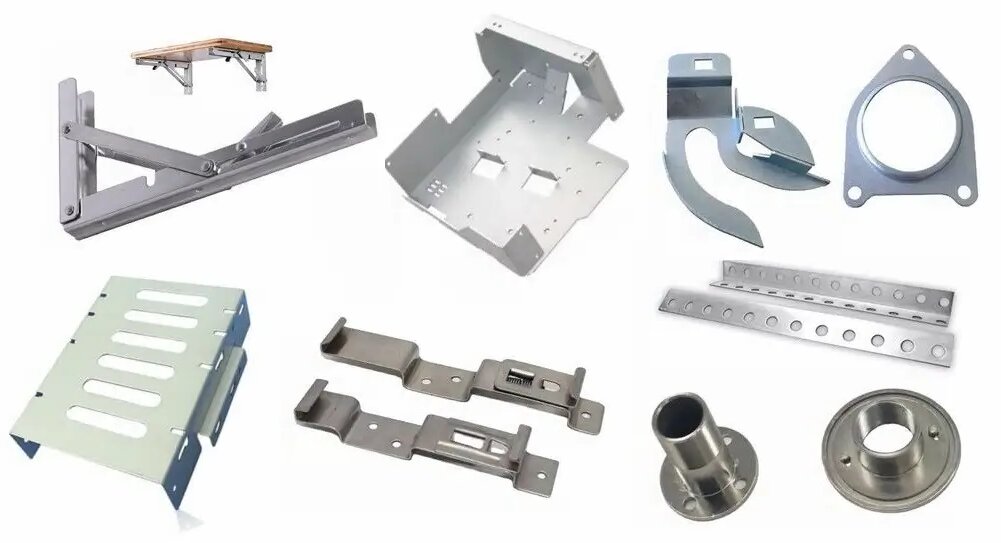
프로토타입에서 프로덕션으로 전환하기
프로토타입을 대량 생산으로 확장하는 것은 신중한 계획과 실행이 필요한 중요한 단계입니다. 디자인이 실제 제조 제약 조건과 만나는 곳입니다. 고려해야 할 주요 요소와 원활한 전환을 위해 필요한 조정 사항을 살펴보세요.
프로토타입을 대량 생산으로 확장하기
프로토타입에서 대량 생산으로 전환하는 것은 단순히 수량을 늘리는 것 이상의 의미를 갖습니다. 생산 능력을 평가하고 전략적 결정을 내려야 합니다.
프로덕션으로 이전할 때 고려해야 할 주요 요소
- 제조 가능성: 디자인을 대규모로 효율적으로 제작할 수 있습니다. 복잡한 형상을 단순화하고 컴포넌트를 표준화하세요.
- 자료 가용성: 필요한 수량의 자료를 쉽게 구할 수 있는지 확인합니다.
- 비용 효율성: 프로세스를 최적화하여 낭비를 줄이고 단위당 비용을 낮춥니다.
- 품질 관리: 일관성을 유지하기 위해 엄격한 테스트 및 검사 프로토콜을 구현합니다.
생산 능력 및 볼륨 고려 사항
- 소량 생산: 시장 테스트 또는 틈새 제품 생산에 이상적입니다. CNC 가공과 같은 유연한 제조 방법을 사용합니다.
- 대량 생산: 전용 툴링과 자동화된 프로세스가 필요합니다. 효율성을 위해 사출 성형 또는 스탬핑을 고려하세요.
디자인 조정 및 개선
아무리 좋은 프로토타입이라도 대량 생산에 들어가기 전에 수정이 필요한 경우가 많습니다.
생산 전 표준 설계 조정
- 공차: 제조 능력에 따라 허용 오차를 조이거나 느슨하게 설정합니다.
- 재료 두께: 두께를 조절하여 내구성을 높이거나 무게를 줄이세요.
- 조립 프로세스: 부품 수를 줄이거나 모듈식 설계를 사용하여 조립을 간소화하세요.
- 표면 마감: 파우더 코팅 또는 아노다이징과 같이 기능 또는 미관을 향상시키는 마감 처리를 지정합니다.
제품 성공을 위해 반복이 필요한 이유
반복을 통해 제품이 성능, 품질 및 비용 목표를 충족하도록 보장합니다.
- 성능: 테스트를 통해 확장하기 전에 해결할 수 있는 약점을 발견할 수 있습니다.
- 비용: 디자인을 개선하면 재료 낭비와 생산 시간이 줄어듭니다.
- 사용자 경험: 프로토타입의 피드백은 사용성과 기능을 개선하는 데 도움이 됩니다.
결론
프로토타입에서 생산 단계로 전환하는 것은 제품에 생명을 불어넣는 중요한 단계입니다. 확장 프로세스를 신중하게 계획하고, 필요한 디자인을 조정하고, 생산 방법을 개선함으로써 최종 제품의 품질과 비용 효율성을 모두 확보할 수 있습니다.
제품을 프로토타입에서 정식 생산 단계로 전환할 준비가 되었다면, 대규모 제조의 미묘한 차이를 이해하는 신뢰할 수 있는 파트너가 있는지 확인하세요.
디자인에 생명을 불어넣을 준비가 되셨나요? 문의하기 지금 바로 프로젝트에 대해 논의하고 프로토타입에서 프로덕션으로 원활하게 전환할 수 있도록 도와드릴 수 있습니다!
안녕하세요, 저는 케빈 리입니다

지난 10년 동안 저는 다양한 형태의 판금 제작에 몰두해 왔으며 다양한 워크숍에서 얻은 경험에서 얻은 멋진 통찰력을 이곳에서 공유했습니다.
연락하세요

케빈 리
저는 레이저 절단, 굽힘, 용접 및 표면 처리 기술을 전문으로 하는 판금 제조 분야에서 10년 이상의 전문 경험을 갖고 있습니다. Shengen의 기술 이사로서 저는 복잡한 제조 문제를 해결하고 각 프로젝트에서 혁신과 품질을 주도하는 데 최선을 다하고 있습니다.

